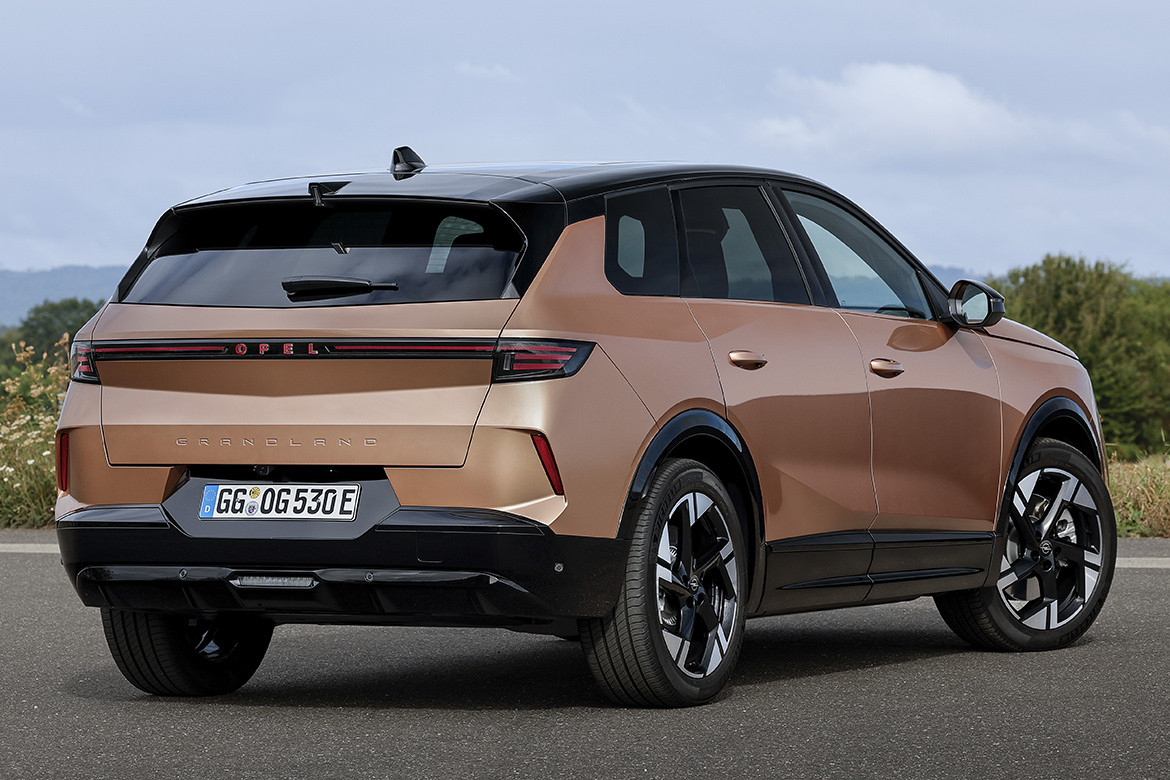It is not only the design that has changed on the new Opel models, but also the perception of the brand itself and the “made in Germany” identity. After all, that’s what the company promised more than five years ago, when in presenting the GT Experimental concept, the inspiration for the later Mokka and the new brand family feeling, Global Brand Design head Pierre-Oliver Garcia spoke of the new concept of “German,” reliable but open and cosmopolitan.
The new Opel Grandland, tested in electric variant, confirm this suggestion: the model that now assumes the role of flagship, and key to the brand’s electrification process, in fact offers the maximum available technology while focusing it, however, also through careful design, above all on the on-board living experience. “Detox,” formal cleanliness with elimination of the superfluous, is breathed into the cabin, spacious but free of frills. It takes advantage of digital interfaces to reduce physical controls to the essentials, but leaves in place the must-have ones such as climate control. The 10-inch instrument display then has a “Pure Mode” function that reduces graphics to the essentials, avoiding visual imput overload and making driving more relaxing.
Along the same lines, other solutions such as the AGR-certified seats, Opel’s highlight, evolved into the new Intelligent Seats. They have a channel in the middle of the seat that relieves pressure on coccyx and an almost “orthopedic” stiffness that reduces muscle fatigue even on long trips. Turning to active technologies, the Matrix Led headlights now have more than 50,000 light points and a more accurate anti-glare function that more accurately obscures the beam at other vehicles and traffic signals, while still making the lighting effective. Speed limit recognition has also been improved and now suggests gait adjustment in advance of passing signs.












